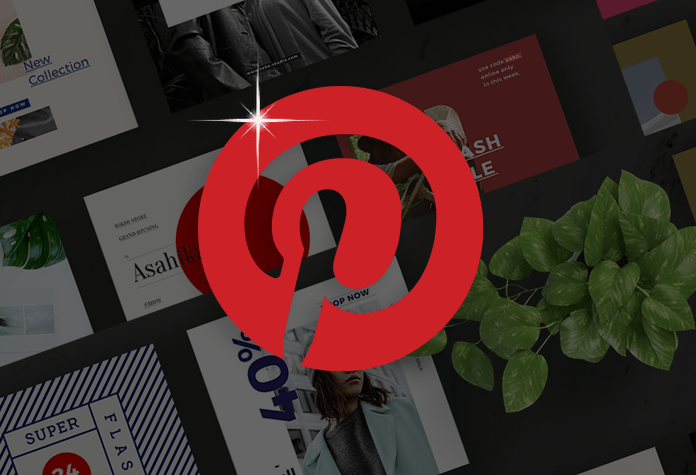LinkedIn is a professional tool that can be a valuable asset, especially at the beginning of a career or if you are trying to make headway in a new industry.
In this LinkedIn marketing article, we will be going over a few methods to help users get the most out of LinkedIn’s integrated tools, including:
- Part 1: Understanding Connection Tiers
- Part 2: Search Smart and Increase Your Marketing Reach with Boolean Phrases
- Part 3: Maximize your Marketing with Group Memberships and Expand Your Connections Using the Introduction Tool
Understanding Connection Tiers
Before you begin searching, you will want to understand the connections themselves.
What Are The LinkedIn Connections?
Connections are the links in your network and can indicate how close you are to a person. They are helpful for seeking out potential clients or people in the same industry.
Connections show you how you are linked to other members and can also help you grow your own social media marketing endeavors.
The classification tiers work like this:

The different tiers on the platform create a connected web of contacts. Whenever you look at “your connections,” you will be given 1st-degree connections only. All tiers will be referred to as My Network and constitute the people that you will most likely be able to build connections with. These are often the people that you want to target with invites, follow in groups, or chat, and will be the most beneficial to your social media marketing plan or can guide you to more individuals to seek out for an overreaching LinkedIn marketing campaign.
Remember that while LinkedIn is huge, its search engine will only give you connected results. A good rule of thumb is that the more first-degree connections you have, the more second and third-degree connections you will also have.
Search Smart and Increase Your LinkedIn Marketing Reach with Boolean Phrases
We have previously discussed LinkedIn’s benefits and gave you a chance to dig deep, utilizing its tools, search engine, and contacts to increase your own LinkedIn marketing campaign.
Now that you have expanded your contacts and searchable clients and colleagues, it’s time to narrow down your search to find exactly who you’re looking for.
Understanding the Search Requirements
One of the most common mistakes that people make when searching on LinkedIn is improperly using the general search. General searches are broad strokes and will bring you back hundreds, if not thousands of results. Sorting through them can be cumbersome.
Keep in mind, the main search modifiers you will want to be using are the plus symbol (+), or the words.
The Plus Sign Search Modifier:
Both keywords will add to your search, making it so that both terms that you look up will show up together in your search results.
For example, if you were looking for help creating a website, you could search for “Web Designer + Content Writer” to find only companies or groups that do both web content and design.

The OR Search Modifier:
Using OR will designate between two different options. This selection is an excellent choice to use when you aren’t sure of what you’re looking for. Use this when you think it may be one or the other of something but aren’t sure.
For example, if you wanted to broaden your search further, you could search for “Web Designer OR Web Developer” to get expanded results on experts in web page creation.
The NOT Search Modifier:
Use this term when you want to remove the keyword from your search. This is a good phrase tool to use when you are getting back too many generic results, and you want to rule out needless information that doesn’t pertain to you.
For example, if you were a creative writer looking for colleagues in your field, but kept finding people that wrote in a genre you weren’t interested in you could search for “Creative Writing NOT Fantasy” and find only creative writers that don’t have a fantasy in their profile.
LinkedIn is no longer an online resume. It’s your digital reputation. – Jill Rowley
Find Who You Are Looking For
Unfortunately, there is no one way to use the search tool. Instead, you want to get familiar with what the tools do and begin to incorporate your parameters into your searches to get more connected results. The faster you can find results, the more efficient your searches will be.
Maximize your LinkedIn Marketing with Group Memberships
Once you understand the connections, you want to be able to make good use of them. Group searches are an excellent resource and can be done from the Advanced Search section by looking specifically for specific groups and navigating through them.
You can also utilize the basic search bar for specific searches. Some of the most common searches that you may want to try are:
- Groups
- Previous Employers
- Alumni
Clicking inside the search bars and it will extend to give you multiple options. People, Jobs, Content.

The simplest method to find people within a group and to grow your LinkedIn audience is through the “Groups” search.
Simply type your keyword of choice into the search bar, then you will find a drop-down menu labeled More, click that and go to Groups.

This would also be beneficial if you were a freelancer and you wanted to increase your reach and find other potential jobs.
Even if you don’t plan on joining conversations or projects in a group, they are a great way to expand your connections list.
Once you are in a group, you can browse the members, view their information, and send an invitation to connect straight from the page.
Expand Your Connections Using the Introduction Tool
Once you find the people that you are interested in, the next step is to make some introductions. To connect to a second-degree member, you will select the introduction link of the first-degree person that you know. For a third-degree connection, you can choose your first or second-degree connection.
- To make your introduction, go to the page of the member to whom you want to introduce yourself.
- You will notice that your mutual person, the connecting party, will be displayed on the right of the page below the “People Also Viewed” section.
- Decide who you want to make your introduction. Sometimes, you will only have one person; in that case, use them. If you have an option for multiple connections, you should choose a specific person to make your introduction for you.
- Once you have decided, select the request introduction link. Depending on your account, you will then be directed to your inbox with a pre-written message about either requesting information or getting introduced.
- Finally, modify the message and click send.

Once your request is generated, the party that you have selected to introduce will get a message. They can then choose to set up the introduction for you.
Make the Most Out of Your Business Contacts
As you can see, LinkedIn can be a little overwhelming at first. But if you correctly use the tools built into its program, you can effectively expand your LinkedIn audience and stay connected with colleges in your industry. Every user has the same tools available; the difference is how you use them.

